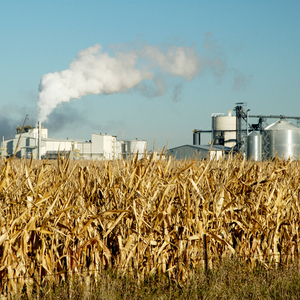Environmental groups petition EPA over RFS land-use regulations

October 31, 2018
BY Erin Voegele
Advertisement
Advertisement
Related Stories
The USDA currently predicts corn use in ethanol for the 2025-’26 marketing year to be unchanged when compared to the 2024-’25 marketing year, according to forecasts included in the agency’s latest WASDE report, released May 12.
LanzaJet and BioD have launched a feasibility study to develop the first sustainable aviation fuel (SAF) production plant in Colombia. The proposed facility would utilize LanzaJet’s alcohol-to-jet (ATJ) technology.
Behind the scenes with IFF’s biofuel team and its work to bring new yeasts, yeast blends, AI and next-gen research to the ethanol industry.
Model E delivers dependable performance wherever ethanol analysis is needed.
Veolia’s novel corrosion inhibitor makes it easy on ethanol producers by ensuring simple and reliable testing, and performance that significantly cuts traditional dosage rates.



